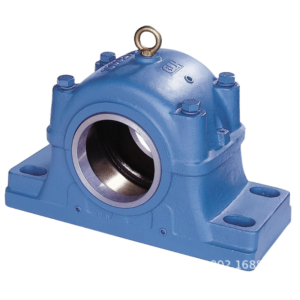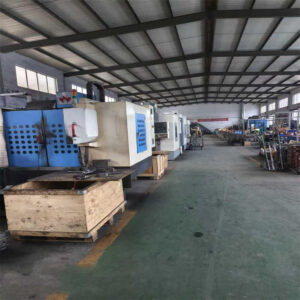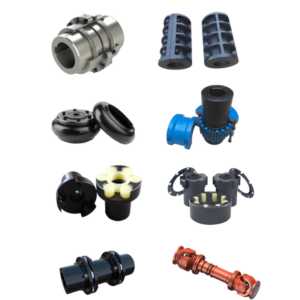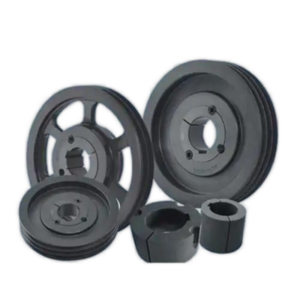Bearing housings, also known as bearing units or bearing plummer blocks, are critical components in various industrial applications. They provide support and alignment for bearings, ensuring smooth and efficient operation of rotating equipment. As industries continue to evolve and demand higher performance, the bearing housing market is poised for significant growth. This article explores the current trends, key drivers, and future prospects of bearing housings.
Current Market Trends
The global bearing housing market is experiencing steady growth, driven by advancements in technology and increasing demand across multiple industries. Key sectors such as manufacturing, automotive, energy, and agriculture are major contributors to this growth. The need for reliable and durable bearing housings is particularly evident in heavy machinery, where they play a vital role in reducing friction and wear.
One notable trend is the shift towards lightweight and corrosion-resistant materials. Manufacturers are increasingly using materials like stainless steel, aluminum, and advanced polymers to create bearing housings that offer better performance and longer service life. Additionally, the integration of smart technologies, such as sensors for real-time monitoring, is gaining traction, enabling predictive maintenance and reducing downtime.
Key Drivers of Market Growth
- Industrial Automation: The rise of Industry 4.0 and automation has led to increased demand for precision components like bearing housings. Automated systems require high-performance bearing housings to ensure smooth and reliable operation.
- Energy Efficiency: As industries strive to reduce energy consumption, there is a growing demand for energy-efficient bearing housings. Advanced designs and materials help minimize friction and energy loss, contributing to overall efficiency.
- Infrastructure Development: The expansion of infrastructure projects, particularly in emerging economies, is driving the demand for heavy machinery and equipment. This, in turn, boosts the need for robust and durable bearing housings.
- Maintenance and Replacement: The need for regular maintenance and replacement of aging equipment in established industries is another key driver. High-quality bearing housings are essential for extending the lifespan of machinery and reducing maintenance costs.
Future Prospects
The future of the bearing housing market looks promising, with several factors expected to drive growth in the coming years. The increasing adoption of renewable energy sources, such as wind and solar power, is likely to create new opportunities for bearing housing manufacturers. Wind turbines, for example, require specialized bearing housings to withstand harsh environmental conditions and ensure reliable performance.
Moreover, the ongoing focus on sustainability and environmental conservation is expected to boost the demand for eco-friendly bearing housings. Manufacturers are likely to invest more in developing products that use recyclable materials and have a lower environmental impact.
The healthcare sector is another area with significant growth potential. With the increasing demand for medical devices and equipment, the need for precision bearing housings in applications such as imaging systems and surgical tools is expected to grow.
Challenges and Opportunities
While the bearing housing market is poised for growth, it is not without its challenges. The high cost of advanced materials and manufacturing processes can be a barrier for some companies. Additionally, the complexity of integrating new technologies into existing systems can pose challenges for manufacturers.
However, these challenges also present opportunities for innovation. Companies that can offer cost-effective, high-performance solutions will have a competitive edge in the market. Furthermore, the growing trend of customization and tailored solutions opens up new revenue streams for manufacturers.
Conclusion
In conclusion, the bearing housing market is set to experience robust growth in the coming years, driven by technological advancements, industrial automation, and the increasing focus on sustainability. As industries continue to evolve, the demand for reliable and efficient bearing housings will only grow. Manufacturers that can innovate and adapt to the changing needs of the market will be well-positioned to capitalize on the numerous opportunities that lie ahead. The future of the bearing housing market is bright, and it will play a crucial role in shaping the industrial landscape of tomorrow.







